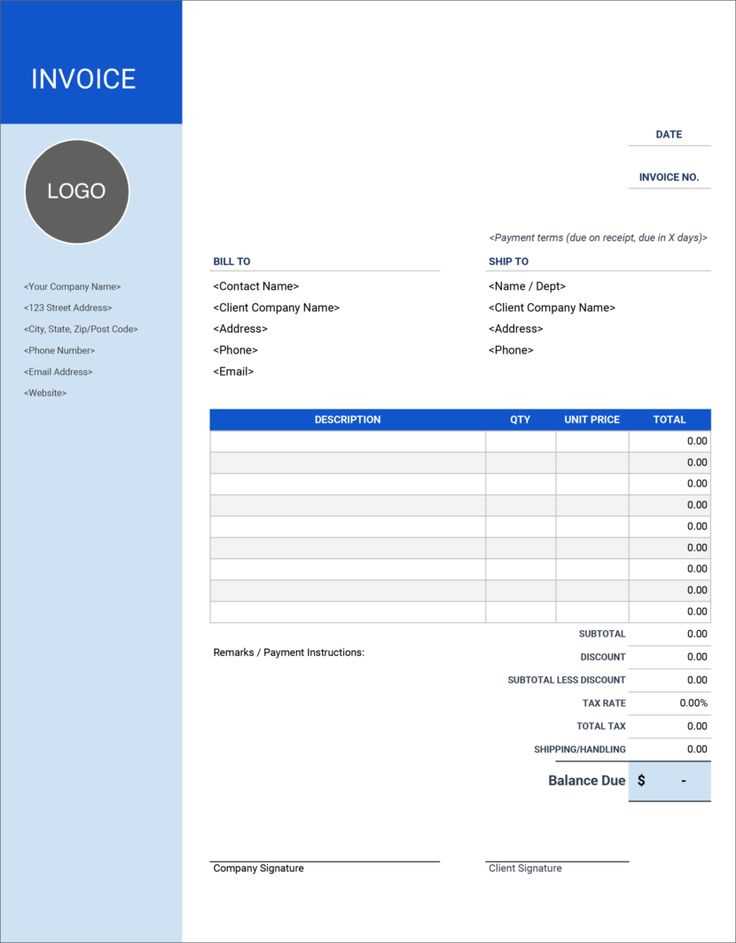
A medical receipt serves as proof of payment for services rendered by healthcare providers. It should include specific details that help patients track their expenses and healthcare providers maintain accurate records. Here’s a template to structure a clear and straightforward receipt for medical services:
Key Information to Include
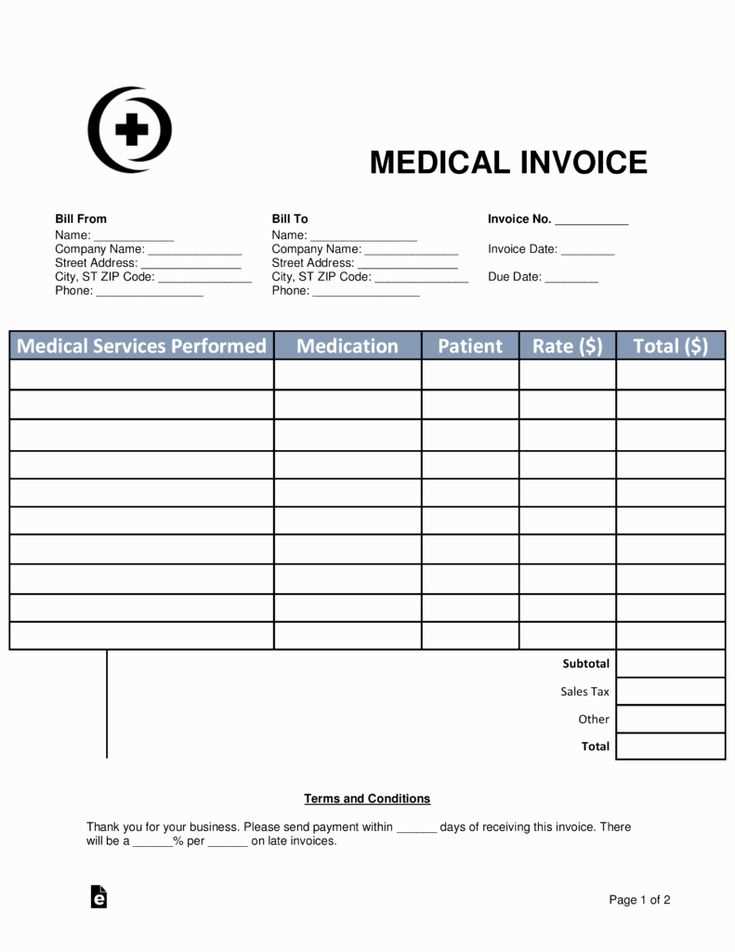
- Healthcare Provider’s Name and Contact Information: Include the name of the clinic or hospital, address, phone number, and email.
- Patient Information: Full name, date of birth, and contact details of the patient receiving the services.
- Date of Service: The exact date when the medical service was provided.
- Itemized List of Services: Clearly list the services or treatments provided. This may include consultations, diagnostic tests, procedures, and follow-up visits.
- Cost Breakdown: For each service, indicate the cost. This can include consultation fees, medical tests, and any other services rendered.
- Payment Information: Mention the method of payment (cash, credit card, insurance, etc.) and the total amount paid.
- Insurance Information (if applicable): If the patient used insurance, specify the amount covered by insurance and the remaining balance the patient is responsible for.
- Receipt Number: Assign a unique receipt number for record-keeping and tracking.
- Signature: The signature of the healthcare provider or authorized personnel verifying the transaction.
Template Example
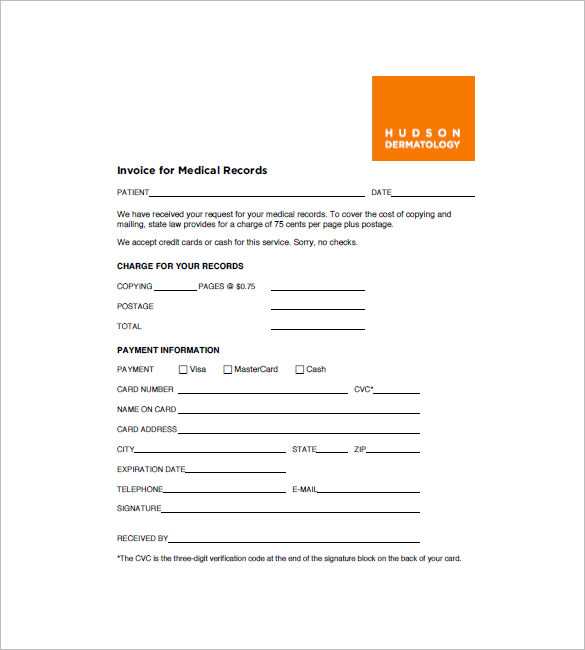
Below is a basic example of how the medical services receipt should look:
--------------------------------------------------------- [Healthcare Provider Name] [Address] [Phone Number] | [Email] Patient Name: [Full Name] Date of Birth: [DOB] Date of Service: [MM/DD/YYYY] Service Description | Amount --------------------------------------|--------- Consultation Fee | $100.00 Blood Test | $50.00 X-Ray Imaging | $150.00 --------------------------------------|--------- Total Amount | $300.00 Payment Method: [Credit Card / Cash / Insurance] Amount Paid: $300.00 Insurance Coverage: $0.00 Amount Due: $0.00 Receipt Number: [Receipt #] Signature: ________________________ ---------------------------------------------------------
Why This Template Works
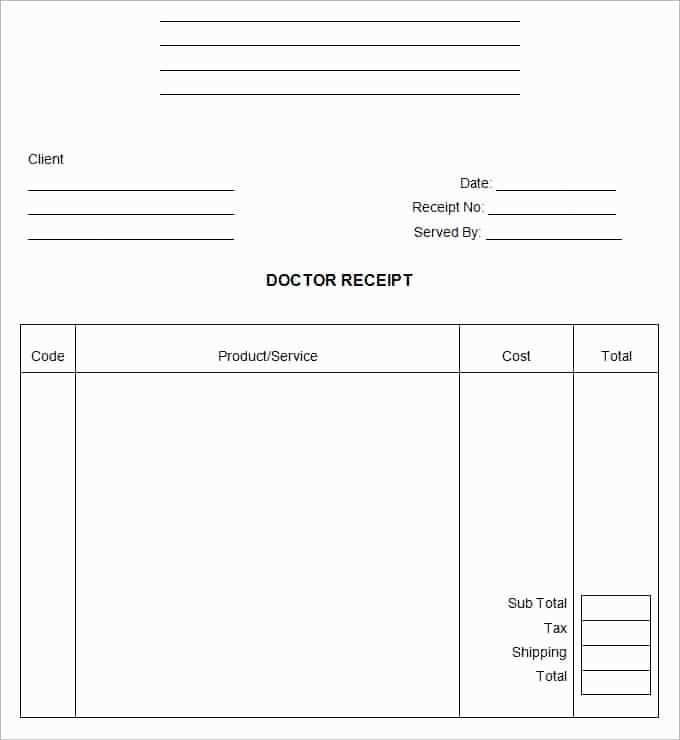
This format offers a clean and professional structure that ensures all critical information is easy to find. By itemizing services, it helps patients understand what they are being charged for and provides a reliable record of the transaction for both parties.
Receipt for Medical Services Template
Key Details to Include in a Medical Receipt
Formatting Tips for Clear and Professional Documents
Legal Aspects and Compliance with Healthcare Rules
Frequent Errors in Medical Service Receipts
Printable vs. Digital Templates: Advantages and Drawbacks
Sources for Ready-Made Templates and Customization Options

Include the patient’s full name, date of service, and description of the services provided. Each service or treatment should be listed with a clear breakdown of charges. Payment details, including the amount paid, method of payment, and the remaining balance (if applicable), should be included. The receipt should also show the healthcare provider’s contact information, license number, and relevant insurance details, if any.
Formatting Tips
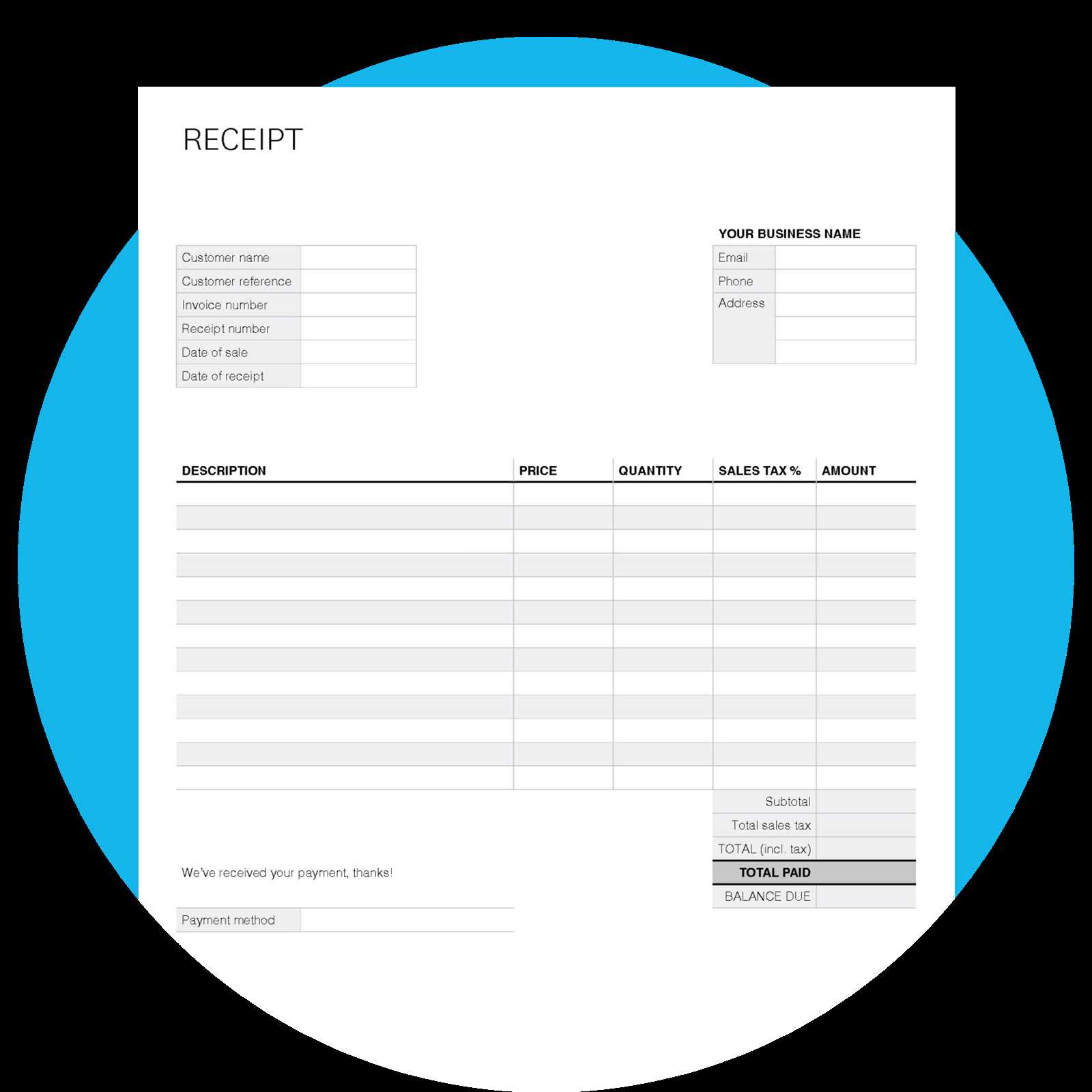
Use clear headings to organize the receipt: Patient Information, Service Details, Payment Summary, and Provider Information. A professional, easy-to-read font and consistent spacing between sections help readability. Avoid clutter by limiting additional text and focusing on the transaction details.
Legal Aspects
Medical receipts must comply with healthcare regulations, including patient privacy laws (e.g., HIPAA in the U.S.). Ensure that all information shared respects the confidentiality of the patient’s medical history. For tax or insurance purposes, receipts should contain detailed information that can be used to verify the services rendered.
Common errors include missing details like the patient’s full name or incorrect service descriptions. Double-check that payment methods are clearly stated and that all charges match the services provided. A receipt with incomplete or incorrect information may lead to confusion or legal issues.
Printable templates offer a tangible record of transactions, which some patients may prefer for their records. Digital templates provide convenience and can be easily stored or shared via email, but they require careful security measures to protect patient data. Both formats have their advantages, depending on the preferences of the healthcare provider and the patient.
Ready-made templates are available from various online resources and can be customized to meet specific needs. Consider platforms that allow for easy editing and integration with accounting or patient management systems.
